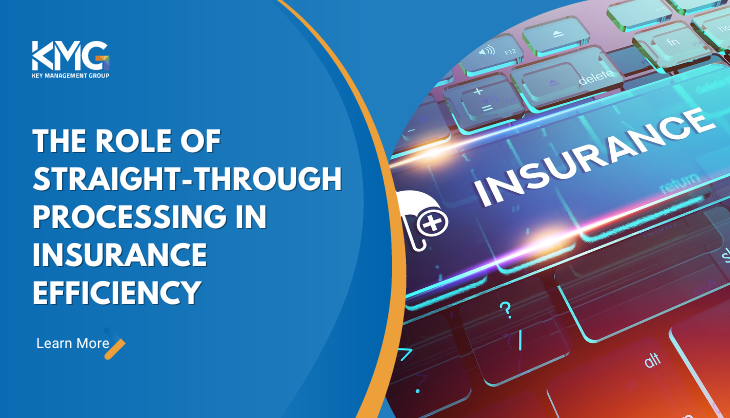The Power of Automated Underwriting in Insurance
- website3954
- Mar 20, 2024
- 3 min read

A study by Accenture reveals that 80% of insurance executives believe that automation, AI, and ML-based analytics can drive high value for their businesses. Underwriting is considered one of the largest use case segments for insurance automation.
Reliance on historical data and the laborious process of aggregating it makes underwriting the ideal candidate for insurance automation tools. Carriers who rely on automated underwriting in insurance report more efficiency, accuracy, scalability, and consumer satisfaction than competitors who still use traditional insurance processes.
In this blog, we delve into the intricacies of automated underwriting, exploring its benefits, challenges, and the future it holds for the insurance industry.
Why does Automated Underwriting in Insurance matter?
Manually coordinating data acquisition, managing multiple spreadsheets, and entering and re-entering data across many different systems can overwhelm already stretched underwriters. Leveraging automation can augment underwriters' capabilities by eliminating mundane, repetitive tasks and freeing them up to focus on more critical tasks.
Here are the top five benefits of the automated underwriting process:
Streamlines data collection and analysis, reducing the time and effort needed for underwriting.
Analyzes data in real-time, minimizing errors and reducing the risk of losses using advanced algorithms.
Provides quick and convenient underwriting processes (e.g., digital experiences for opening new accounts or products) to improve customer satisfaction and retention.
Streamlines processes and reduces the chances of errors to lower operational expenses and increase profitability.
Integrated technology coupled with automation means a faster and more efficient underwriting process, enabling insurers to improve their quote-to-bind ratios.
How automation can improve insurance underwriting:
Efficient submissions processing
Automation can significantly improve submission processing and free up the underwriter’s valuable time for more productive tasks.
For instance, several steps in the underwriting process can be automated. Underwriters can automate data collection, data extraction, filling out forms, or other repetitive and tedious tasks. Information can be extracted from structured and unstructured data through optical character recognition (OCR) and natural language processing (NLP). These technologies can eliminate the necessity of manually reviewing each document coming from various sources and help underwriters collect and classify useful information.
Better risk assessment
Using machine learning models and other analytical techniques, underwriters can deepen their understanding of the risk associated with a client’s profile. By using data from internal and external sources such as third parties, IoT claims histories, location, or historical data, these models can recognize anomalies and predict risks more accurately. Underwriters can save a significant amount of time allocated to data analysis and can make more informed decisions.
Profitable pricing
Better understanding of risk enables underwriters to decide on fair pricing that fits their risk profiles. By using machine learning models, insurance companies can price risk more competitively based on real-time data. This can increase profitability through improvements in workflows and pricing strategies, reduce time to market, and ensure customer satisfaction and retention.
The Future of Automated Underwriting
Technology will continue to play an increasingly important role in disrupting the underwriting value chain. Digital labor, data analytics, and behavior-driven models are some of the leading drivers that are likely to change the underwriting landscape in the near future.
Advancements in data analytics and artificial intelligence will significantly enhance predictive capabilities, enabling insurers to anticipate risks with unprecedented precision. This will lead to more accurate risk assessment and pricing, ultimately benefiting both insurers and policyholders.
Automated underwriting in insurance will bring more opportunities for insurers to expand into new markets. By harnessing the power of data collected via IoT, social media, and wearable/connected devices, insurers can provide more customized policies catering to the specific needs of policyholders, along with dynamic pricing. Furthermore, it enables insurers to provide real-time, usage-based coverage, such as car insurance, based on mileage.
Conclusion
Automated underwriting stands at the forefront of innovation in the insurance industry, offering unparalleled efficiency, accuracy, and scalability. While challenges remain, the potential of automated underwriting to transform insurance processes and enhance customer experiences is undeniable.
As insurers embrace this technology and adapt to evolving market dynamics, the journey toward a more efficient, precise, and customer-centric insurance landscape continues.



Comments